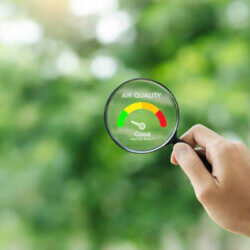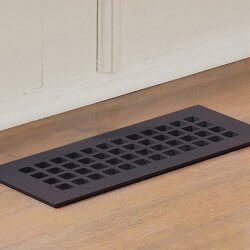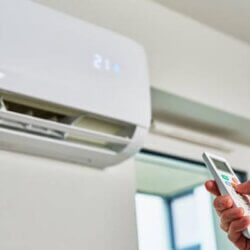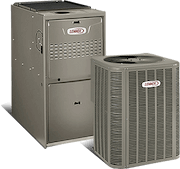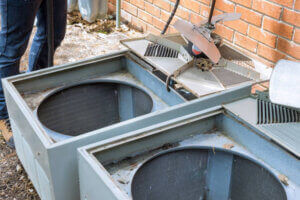
When it comes to making your home or office more energy-efficient, HVAC retrofitting is a great option. But what exactly is HVAC retrofitting? In short, retrofitting is updating your old, outdated HVAC system with new components and technology. If you are interested in learning more about retrofitting and how it can benefit you, read on!
In St. Louis and the surrounding areas, the experts at Galmiche & Sons are highly skilled and experienced when it comes to retrofitting HVAC systems. Whether you are looking to update an inefficient system or you simply need to get your old system running again, our heating and air conditioning professionals can help.
So What Exactly is HVAC Retrofitting?
Most HVAC systems last for anywhere from 15 to 20 years depending on how well they are maintained. Yet whether you own a commercial HVAC or a residential one, there comes a time when your HVAC system is no longer serving your needs. The issues with an inefficient HVAC system can range from increasing energy bills and uneven heating and cooling, to poor indoor air quality.
Replacing an old, inefficient HVAC system with a new, efficient model is an option, it is an expensive project, not to mention the downtime that disrupts your business operations. HVAC retrofitting involves adding new components or technology to the existing HVAC system to reduce energy usage and boost performance.
The Benefits of HVAC Retrofitting
Heating and air conditioning retrofitting can offer many benefits for both homeowners and business owners. These include:
- Boosts energy efficiency: According to the Department of Energy, heating, ventilation, and air-conditioning account for 35 percent of a building’s energy consumption. High-efficiency heating and cooling systems can help cut energy usage by 20 percent and can reduce energy bills by 50 percent. One of the most important goals of HVAC retrofitting is to boost energy efficiency and performance.
- Improves indoor air quality and comfort: An upgraded HVAC system runs more efficiently to maintain consistent temperatures across the building, keeping its occupants comfortable. HVAC retrofitting helps remove stale air pockets, drafts, and excess humidity to improve indoor air quality.
- Reduces maintenance costs: Frequent furnace or air conditioner repairs are not only expensive but result in unexpected downtime. This impacts productivity, safety, customer satisfaction, and a business’s bottom line. With timely HVAC retrofitting, you can avoid recurrent repair costs, while avoiding expensive downtime.
- Increases the lifespan of HVAC systems: As HVAC systems operate more efficiently with retrofits, there is minimal wear and tear on its components, helping extend the lifespan of the unit.
Common Types of Upgrades in the HVAC Retrofitting Process
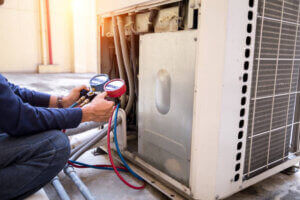
There are a number of common HVAC retrofit upgrades that HVAC experts can make, including:
- Installing an efficient heat pump
- New furnace installation
- Changing the air filters
- Adding insulation to ductwork
- Ductwork sealing
- Upgrading to a zoned HVAC system
- Adding a whole-building humidifier or dehumidifier
- Replacing an old thermostat with a smart programmable model
- Installing ERVs (Energy Recovery Ventilators) that capture heat from the hot air that rises and releases it into the incoming air to help save energy costs
- Installing CO2 sensors
Making one or more of these upgrades can have a significant impact on your home or businesses comfort level and energy efficiency.
Call an Experienced Commercial HVAC Contractor to Learn More
If you are not sure which upgrades would be best for your home or commercial property, talk to a qualified HVAC contractor in St. Louis such as Galmiche & Sons. We can help you assess your needs and make recommendations on the best way to proceed with HVAC retrofitting. Contact us to schedule your HVAC maintenance and retrofitting or to learn more about our services.



